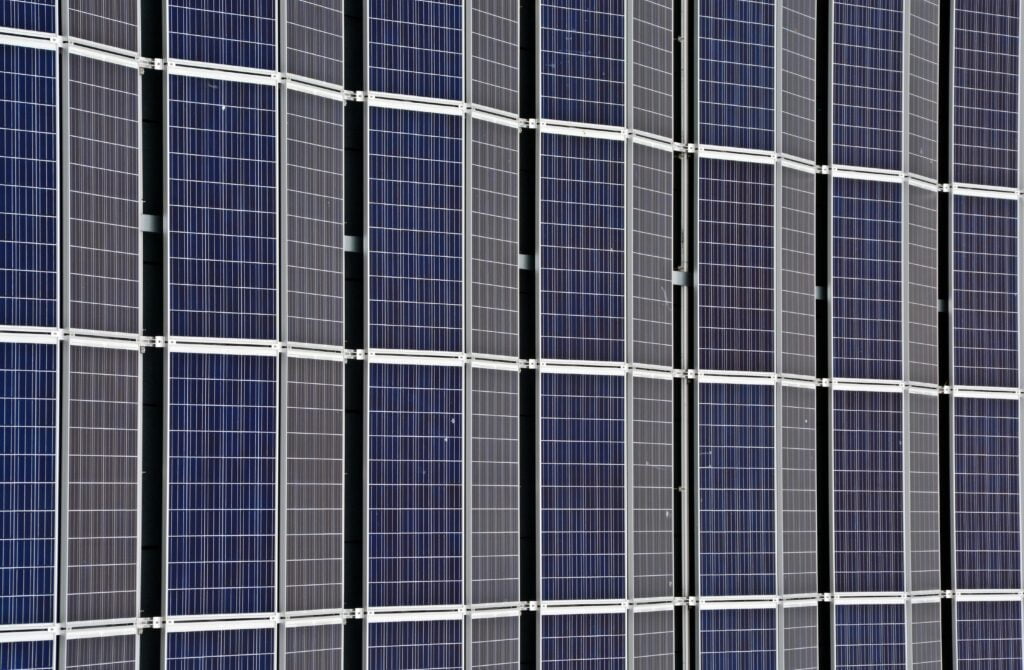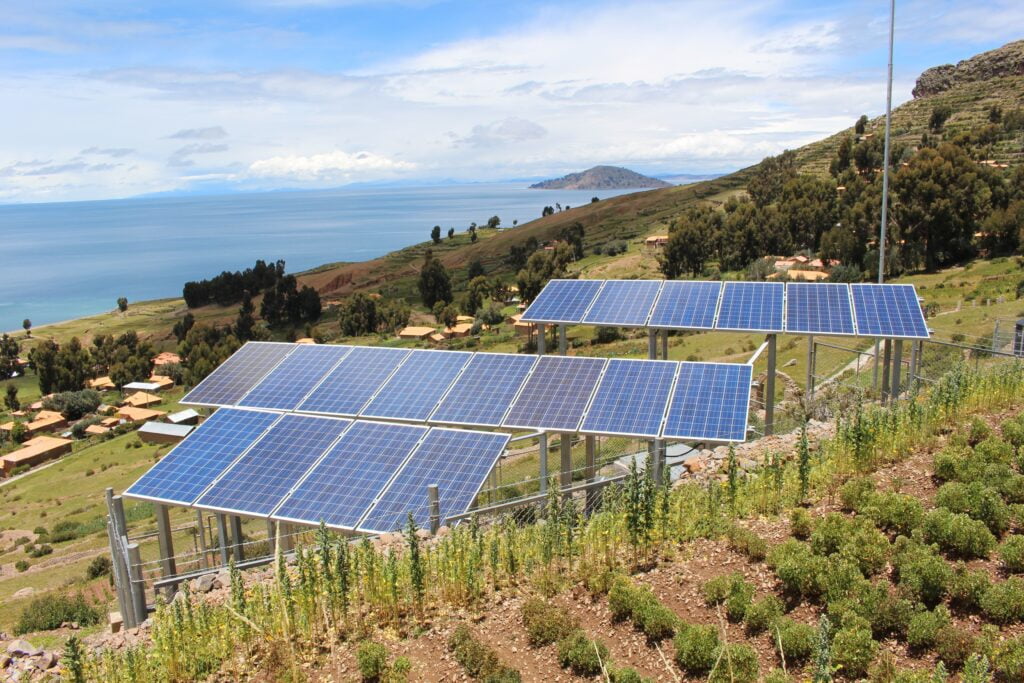Water scarcity is a big problem in many parts of the world. As more people are born and climate change affects water supplies, we need to find sustainable solutions. One promising method is desalination, which means turning seawater into fresh water.
However traditional desalination uses a lot of energy and can harm the environment. By using solar power for desalination, we can create a cleaner and more eco-friendly solution to this problem. With the introduction of water saver technology, the process becomes even more efficient.
Table of Contents
1. Understanding Desalination
Desalination removes salt and other impurities from seawater to make fresh, drinkable water. There are two main types of desalination: reverse osmosis and thermal desalination.
Reverse Osmosis (RO)
Reverse Osmosis (RO) pushes seawater through a special filter that removes salt and impurities. This method is popular because it is effective and can be used in many different situations. When combined with water saving technology, the efficiency of RO systems is significantly enhanced.
Thermal Desalination
Thermal Desalination heats seawater to make steam, which is then turned into fresh water, leaving the salt behind. This method is like the natural water cycle but needs a lot of energy. Using water-saving technology in thermal desalination can help reduce energy consumption and improve overall efficiency.

Both methods are important for providing fresh water to areas that need it. Integrating water-saving technology into these processes makes them more sustainable and cost-effective.
2. The Role of Solar Power in Desalination
Solar power is a clean, renewable energy source that can power desalination plants. Using solar energy reduces the need for fossil fuels and lowers the environmental impact of desalination. Water saving technology enhances this process by optimizing water use and reducing waste.
How Solar Power Can Be Used in Desalination Plants Solar power can be used in several ways:
Photovoltaic (PV) Panels:
These panels turn sunlight into electricity, which powers desalination plants. When paired with water saving systems, the efficiency of these plants increases.
Solar Thermal Systems:
These systems use sunlight to heat water or another fluid, creating steam for thermal desalination. Incorporating water saving technology ensures minimal water loss during the process.
Hybrid Systems:
Combining PV panels and solar thermal systems can improve efficiency and reliability. Water saving technology further enhances these hybrid systems by reducing water consumption and waste.

Using solar power for desalination cuts greenhouse gas emissions and makes the process more sustainable and cost-effective over time. The addition of water saver technology boosts these benefits, making solar-powered desalination an even more attractive solution.
3. Benefits of Solar-Powered Desalination with Water Saver Technology
Solar-powered desalination has many benefits, especially when combined with water saver technology:
Environmental Benefits
Lower Carbon Footprint:
Solar energy reduces the use of fossil fuels, leading to fewer carbon emissions. Water saver technology further minimizes the environmental impact by reducing water waste.
Less Environmental Impact:
Solar power is clean, so it releases fewer pollutants into the air and water. The efficiency of water saver technology ensures that less water is wasted, preserving this precious resource.
Cost Benefits
Long-Term Savings:
Although setting up solar-powered desalination systems can be expensive, the long-term savings on energy costs are significant. Water saver technology adds to these savings by reducing water waste and improving system efficiency.
Energy Independence:
Solar power reduces dependence on changing fossil fuel prices and availability. Water saver technology ensures that the water produced is used more efficiently, reducing overall consumption.
Sustainability and Reliability
Renewable Resource:
Solar energy is abundant and won’t run out, making it reliable for the future. Water saver technology ensures that this resource is used wisely.
Sustainable Water Supply:
Solar-powered desalination provides a continuous and sustainable source of fresh water, crucial for communities in dry areas. Water saver technology helps maintain this supply by reducing waste and improving efficiency.
4. Case Studies and Examples
Here are some successful examples of solar-powered desalination projects that use water saver technology:
UAE
Masdar City, UAE In Masdar City, a solar-powered desalination plant uses advanced RO technology to make fresh water. The plant uses both PV panels and solar thermal systems for efficiency and less environmental impact. Water saver technology enhances the system’s efficiency, ensuring minimal water waste.
Saudi Arabia
Al-Khafji, Saudi Arabia The Al-Khafji solar-powered desalination plant in Saudi Arabia is one of the largest in the world. It uses solar energy to produce up to 60,000 cubic meters of fresh water per day, providing a sustainable water source for the region. The integration of water saver technology has significantly improved the plant’s efficiency.
USA
California, USA In California, several small-scale solar-powered desalination projects help coastal communities with water shortages. These projects show the potential for more widespread use of solar-powered desalination. Water saver technology plays a crucial role in maximizing water use and minimizing waste.
These case studies show how effective solar-powered desalination can be in providing reliable water sources, especially when combined with water saver technology.
5. Challenges and Limitations
While solar-powered desalination with water saver technology has many benefits, there are also challenges:
Technical Challenges
Efficiency of Solar Panels:
Solar panels’ efficiency can be affected by weather, location, and seasons. Water saver technology helps optimize water use but can’t fully mitigate these challenges.
Energy Storage:
Storing solar energy for non-sunny periods needs advanced battery systems, which can be expensive. Water saver technology improves water use efficiency but doesn’t address energy storage issues.
Economic and Infrastructure Barriers
High Initial Costs:
Setting up solar-powered desalination systems with water saver technology can be costly, making them less accessible for some areas.
Infrastructure Needs:
Building and maintaining the infrastructure for solar-powered desalination with water saver technology needs significant resources and expertise.
Potential Environmental Concerns
Brine Disposal:
Desalination produces brine, a concentrated salt solution, which must be managed properly to avoid environmental harm. Water saver technology helps reduce water waste but doesn’t eliminate brine disposal challenges.
Land Use:
Large-scale solar farms need a lot of land, which can affect local ecosystems. Water saver technology optimizes water use but doesn’t address land use concerns.
6. Future Prospects and Innovations
Despite these challenges, the future of solar-powered desalination with water saver technology looks bright, with ongoing research and innovations aimed at improving efficiency and reducing costs:
Emerging Technologies
Advanced Materials:
New materials for solar panels and desalination filters can enhance efficiency and durability. Water saver technology can be integrated with these materials for better results.
Hybrid Systems:
Using multiple renewable energy sources, like wind and solar, can improve reliability and performance. Water saver technology further enhances these hybrid systems by optimizing water use.
Large-Scale Implementation
Government Support:
More government support and funding for solar-powered desalination projects with water saver technology can drive large-scale use.
International Cooperation:
Countries working together can share knowledge, resources, and technologies to promote solar-powered desalination globally. Water saver technology will play a key role in these collaborations.
Conclusion
Solar-powered desalination is a sustainable and effective way to tackle global water scarcity. By using the sun’s power, we can reduce our reliance on fossil fuels, lower environmental impact, and provide a reliable source of fresh water for those in need.
The addition of water saver technology makes this process even more efficient and sustainable. Continued investment in research, technology, and infrastructure will help us realize the full potential of solar-powered desalination with water saver technology and ensure a sustainable future for all.
FAQs About Solar-Powered Desalination with Water Saver Technology
What is solar-powered desalination with water saver technology?
Solar-powered desalination with water saver technology uses solar energy and water-saving methods to turn seawater into fresh water, reducing the need for fossil fuels and minimizing environmental impact.
2. How does solar energy help in the desalination process?
Solar energy powers desalination plants through photovoltaic panels and solar thermal systems, providing a clean and renewable energy source. Water saver technology optimizes water use during the process.
3. What are the benefits of using solar power for desalination?
Solar-powered desalination offers environmental benefits, cost savings, and sustainability by reducing carbon emissions, lowering energy costs, and providing a reliable source of fresh water. Water saver technology further enhances these benefits by reducing water waste.
4. Are there any successful examples of solar-powered desalination plants?
Yes, successful projects include Masdar City in the UAE, Al-Khafji in Saudi Arabia, and several small-scale projects in California, USA. These projects have seen significant improvements with the integration of water saver technology.
5. What are the main challenges in implementing solar-powered desalination?
Challenges include technical issues with solar panel efficiency and energy storage, high initial costs, and managing brine disposal and land use impacts. Water saver technology helps mitigate some of these challenges but doesn’t eliminate them entirely.
3 Responses